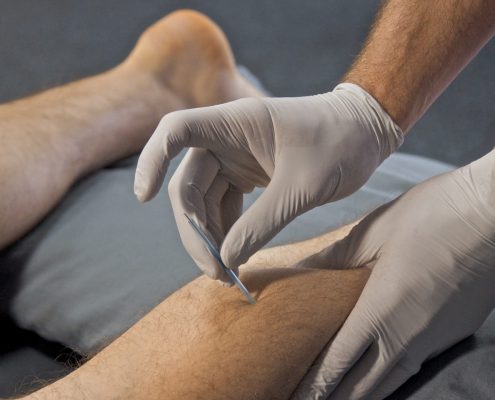Berichten
 https://smarteducation.be/wp-content/uploads/2018/07/DSC_5178.jpg
1360
2048
Robbie Billen
https://smarteducation.be/wp-content/uploads/2021/12/Logo-SmartEducation-klein-keur.png
Robbie Billen2018-07-08 20:02:192018-07-08 21:11:01Dry Needling? Safety First!
https://smarteducation.be/wp-content/uploads/2018/07/DSC_5178.jpg
1360
2048
Robbie Billen
https://smarteducation.be/wp-content/uploads/2021/12/Logo-SmartEducation-klein-keur.png
Robbie Billen2018-07-08 20:02:192018-07-08 21:11:01Dry Needling? Safety First!
Scroll to top